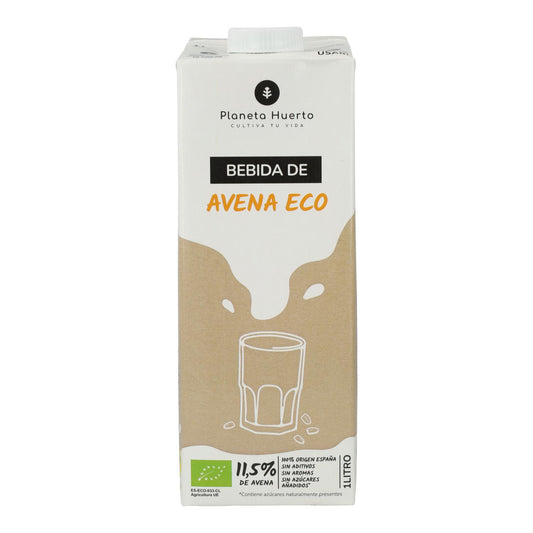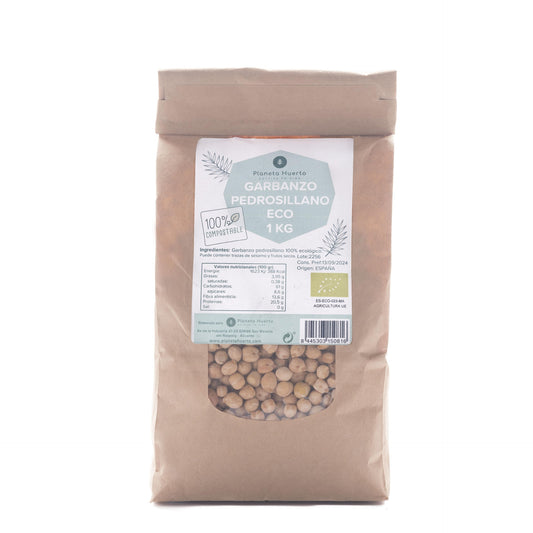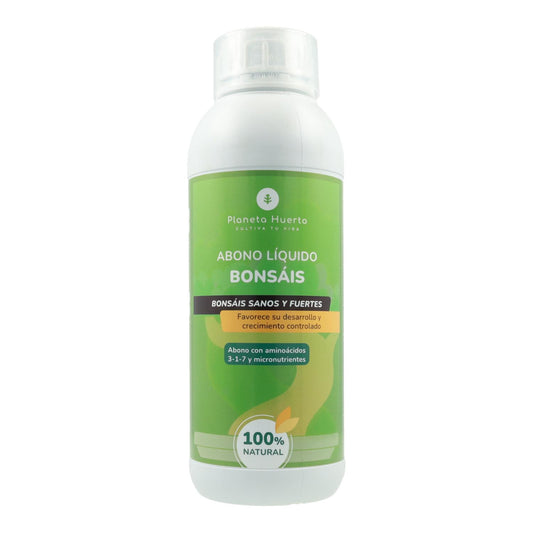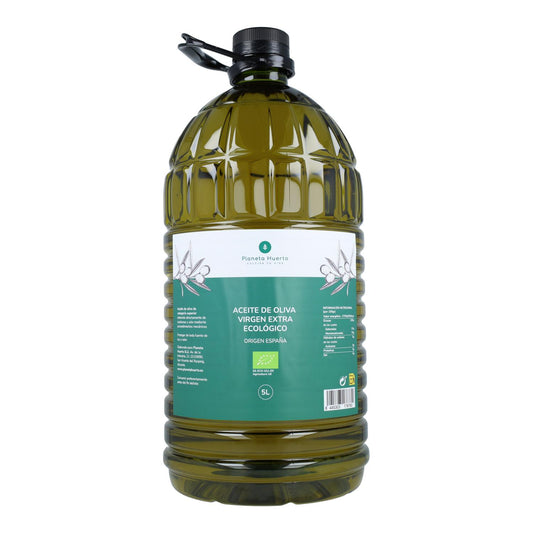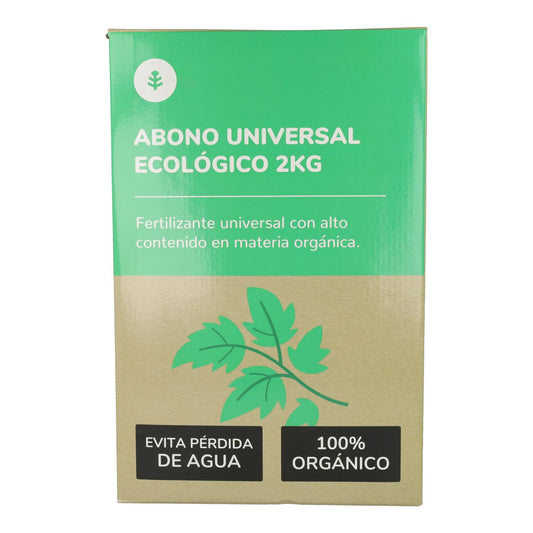Mini Fruit Tree Peach - Prunus persica
Mini Fruit Tree Peach - Prunus persica
Buy more, pay less:
Couldn't load pickup availability
Sold and shipped by PLANETA HUERTO
Shipping cost 5,90€. Free of charge from 49,95€

All information on "Mini Fruit Tree Peach - Prunus persica"
Peach tree - Prunus persica.
Description
The peach tree is a fruit tree widely cultivated for its delicious and juicy fruits: peaches. Originally from China, this tree has spread to many parts of the world due to its great popularity and adaptability to various climates. During spring, its branches are covered with beautiful pink or white blossoms, making it a highly prized ornamental tree. Peaches are fruits rich in vitamins, minerals and antioxidants, and are characterised by their sweet and juicy taste.
Care
- .
- Temperature: The peach tree has optimum growing temperatures of 21 to 27ºC. They require a period of winter cold to break dormancy and flower properly in spring. This cold period, known as "chill hours", is the number of hours the tree is exposed to temperatures below a certain threshold, usually around 7°C .
- Light: In general, it prefers to be exposed to full sun for most of the day. It requires full sun for at least 8 hours a day for optimal development. It is important to avoid planting the peach tree in areas where there is constant shade or competition with other taller trees. Lack of sunlight can weaken the tree and affect its growth and yield.
- Watering: Deep, less frequent watering is preferable to shallow, constant watering. Water the almond tree just enough so that the water penetrates down to the root system, thus encouraging the roots to grow downwards in search of water and nutrients. Avoid waterlogging. Cut back during the winter to avoid problems with frost.
- Manure: Requires a balanced and adequate fertiliser to provide the necessary nutrients for its growth and fruit production with a fruit tree fertiliser. Especially in spring and summer. It is not recommended during the winter.
- Transplanting: If you wish to grow it in a pot, it is recommended to transplant the pear tree to a larger pot every few years to prevent its roots from becoming too tight and restricting its growth. If transplanting is not desired, growth should be controlled by pruning.
Please note
- .
- The pruning of the peach tree is preferably done during the winter, when the tree is in its dormancy period, to remove dead, diseased or crossed branches, and to encourage a healthier growth and a better fruit production.
- The peach tree can face challenges due to various pests, such as aphids, powdery mildew and other fungi, so it is essential to regularly monitor the tree, apply preventive treatments and use appropriate control methods to protect its health and productivity.
Observations
- Pets: It is suitable for coexistence with our pets.
- Maximum height: it can reach a maximum height of up to 6 metres.
Size available
| Total height (cm) | 100 - 120 |
| Pot diameter (cm) | 22 |
* The size indicated is indicative. It is an approximate height calculated by averaging the height of several specimens. As living beings, each plant has its own shape and growth rate and, therefore, the measurement cannot be taken as exact.
* Some plants that have flowers and/or fruits may not have them at the time of purchase. Since flowering, fruit production and even foliage production is seasonal, it may be the case that the time of purchase does not coincide with these flowering or fruiting periods, which does not imply that the plant has a defect or deficiency.
* It is a normal variety only that has been cultivated in a small format, with a low cross, so that it does not grow tall. If pruning is maintained it can remain short. However, if it is transplanted into larger pots or soil and allowed to grow, it will get big.
-10% de descuento
en tu primera compra
Accede a ofertas exclusivas, novedades y más


